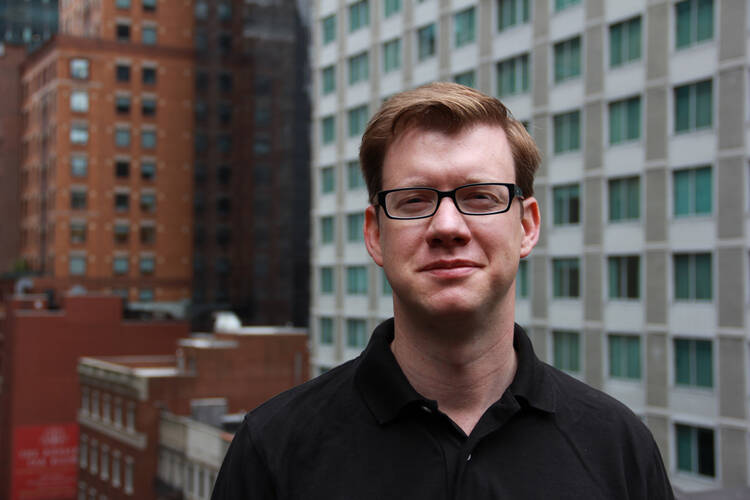It is the dream of not a few artists to influence the public’s perception of current events. Doing so with integrity, however, is exceedingly difficult; a masterpiece like Picasso’s “Guernica” is a rare thing indeed. And sometimes art can shape our views in troubling ways.
Consider the case of “Zero Dark Thirty,” the Oscar-nominated film from director Kathryn Bigelow about the hunt for Osama bin Laden. The film began as a script about the Battle of Tora Bora. After bin Laden’s death, the filmmakers changed course and, thanks to unusual access to officials in the Central Intelligence Agency, produced a disturbing film that ends with the military raid on the bin Laden compound in Afghanistan.
Shortly before the film’s official release, Senator John McCain raised concerns that the film implied that torture led the C.I.A. to bin Laden. Along with Senators Dianne Feinstein and Carl Levin, McCain called the film “grossly inaccurate and misleading.” Bigelow countered the growing criticisms in a front-page profile in Time magazine. “I think that it’s a deeply moral movie that questions the use of force,” she said. “It questions what was done in the name of finding bin Laden.”
I saw “Zero Dark Thirty” after finishing Embers of War: The Fall of an Empire and the Making of America’s Vietnam, a first-rate history of the French war in Vietnam by Fredrik Logevall. It is a distressing read, especially for someone who did not live through the American war in Vietnam. (Yes, history repeats itself, but did it have to happen so quickly?) The book takes an intriguing turn when a novelist walks onto the scene and into the middle of current events. Logevall calls him “the quiet Englishman.”
That man, of course, is Graham Greene, who traveled to Vietnam in 1951 to write an article for Life magazine. Greene was much sought after as a journalist, and he often used his reporting sojourns as grist for his novels. This was especially true of his trip to Vietnam. Though his article for Life was rejected by his editors as insufficiently anti-Communist (it was later published in Paris Match), Greene found the seeds of a story that would later become the novel The Quiet American (1955). More than any of his other novels, the book drew from his firsthand experiences.
The titular character is Alden Pyle, a C.I.A. operative in Vietnam who seeks to establish a “third force” to fight both the French and the Communist forces. Pyle is portrayed as both naïve and dangerous, and his debates about foreign intervention in Vietnamese affairs play out in his conversations with a jaded British journalist, Thomas Fowler. At the center of the novel is a bombing in a Saigon square by a third force movement, which uses explosives supplied by Pyle. The episode is based on a bombing in 1952; a “third force claimed responsibility, though some suspected U.S. involvement.
The novel received positive reviews in England, but met with negative criticism in the United States, where reviewers took exception to Greene’s portrayal of Pyle. Newsweek faulted Greene for presenting a caricature of the “American abroad,” and A. J. Liebling, in the New Yorker, suspected that Greene was jealous of the United States for its growing role in world affairs. “There is a difference between calling your overly-successful offshoot a silly ass and accusing him of murder,” he wrote.
A few years later, however, the Unites States, or at least Hollywood, would have its revenge. In Joseph L. Mankiewicz’s adaptation of The Quiet American, the story is changed “to make Pyle the completely good American and Fowler a communist dupe,” Logevall writes. Greene was irate, but Washington was pleased; the film was screened for government and security officials. The American Friends of Vietnam declared that the film “gives appropriate weight to the constructive role played by the United States in assisting the Vietnamese in their quest for independence.”
Not for the first or last time, a piece of art was used to advance a controversial narrative. In the case of “The Quiet American,” at least, skeptics had Greene’s novel to refer to, not to mention his reporting from Vietnam. (A remake in 2002 was more faithful to Greene’s vision.) “Zero Dark Thirty” presents a thornier problem. Until certain material is declassified, and an intrepid reporter seeks to tell the full story, the details of the search for bin Laden will be shrouded in uncertainty. For now at least, Hollywood has the last word.







